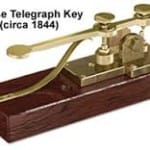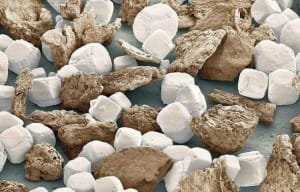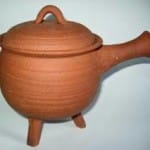Multisensory Monday- Pictures as Multisensory Tools
Posted by Brainspring on 18th May 2015
Hi everyone,
Please forgive me for posting Multisensory Monday on Tuesday this week. I hope everyone had a great weekend and a wonderful Monday! Next Monday is Memorial Day, so Dite and I are both taking the day off on our blogs. Check back for a post this Thursday and next Thursday though!
I was reminded about a powerful, yet super simple, kind of multisensory activity the other day when a colleague and I were discussing how to teach Greek and Latin roots. In addition to Phonics First, RLAC also has a program for older students called Structures, which weaves phonics skills in with Greek and Latin roots. It’s wonderful for struggling readers in middle school and high school because they learn a ton of root meanings, and therefore vocabulary words, while also getting instruction in the basic phonics skills they are lacking.
For more information on root instruction, email me or check out Structures on RLAC’s website.
Use Pictures to Engage Students
Just like when teaching phonics, we still want a multisensory activity when teaching roots because it creates an experience for students to use as an anchor point for the root and its meaning. Several activities we suggest are based around pictures. Pictures are the quintessential visual multisensory, and when you use a visual image to engage students in some questioning or deeper thinking, a simple picture can become a memorable multisensory activity.
For example, the root “micro” means “small”. Most students are familiar with this root in the word “microscope”. To help students connect the meaning “small” to the root “micro”, I like to show several images of common objects seen under a microscope and ask the students to guess what the image is.
Can you guess what these are microscopic images of?
(a banana and salt and pepper)
You can turn something as simple as a picture into a strong multisensory experience by asking students to engage with the image.
 You can also use pictures to help build students’ knowledge about vocabulary they might not be familiar with. When teaching the root “gram/graph”, I’ll often show students pictures of a telegraph machine and a telegram because many students don’t have much background knowledge about those terms. Sometimes I’ll take things a step further by having students use Morse code to write their own short telegram.
You can also use pictures to help build students’ knowledge about vocabulary they might not be familiar with. When teaching the root “gram/graph”, I’ll often show students pictures of a telegraph machine and a telegram because many students don’t have much background knowledge about those terms. Sometimes I’ll take things a step further by having students use Morse code to write their own short telegram.
Pictures for Phonics First
I find pictures beneficial for Phonic First lessons as well. Often I’ll look up pictures of unfamiliar dictation words or syllabication words. Just last week, a student and I looked up “pipkin” after he read it during syllabication.
And of course, many of the cards used during the Phonics First should have pictures on them that correspond to the keyword because the visual reinforcement they provide supports struggling readers. For a classroom teacher doing a whole class lesson, showing the keyword picture and quickly discussing it may be enough of a multisensory activity for the majority of students. Discussing the keyword picture becomes the whole class multisensory activity, so the teacher can save time by only using a more hands-on activity for the struggling students who need something extra. That activity can be done as a center, small-group or even homework, giving the teacher more time to focus on other aspects of the lesson during whole-class time.
Pictures may not be as hand-on as a project, game or exercise, but they can still be an effective multisensory activity, as long as they are used to engage students and help them make connections.
What lessons or vocabulary terms do you often use pictures for?
Chameleon Prefix Word Sort
I learned something new reading Dite’s post this week! Like this post if you also love learning new things about familiar topics! The prefixes in-, il-, ir- and im- are called chameleon or assimilated prefixes because they have the same meaning but are used with different types of base words.
Check out her blog for more information and for a word sort activity that can be used to help students practice these prefixes. I’m about to try out the activity myself because I have some more advanced students who would benefit from a more challenging activity like this.
Remember to like us on FB, follow us on Twitter and share us with your friends!



